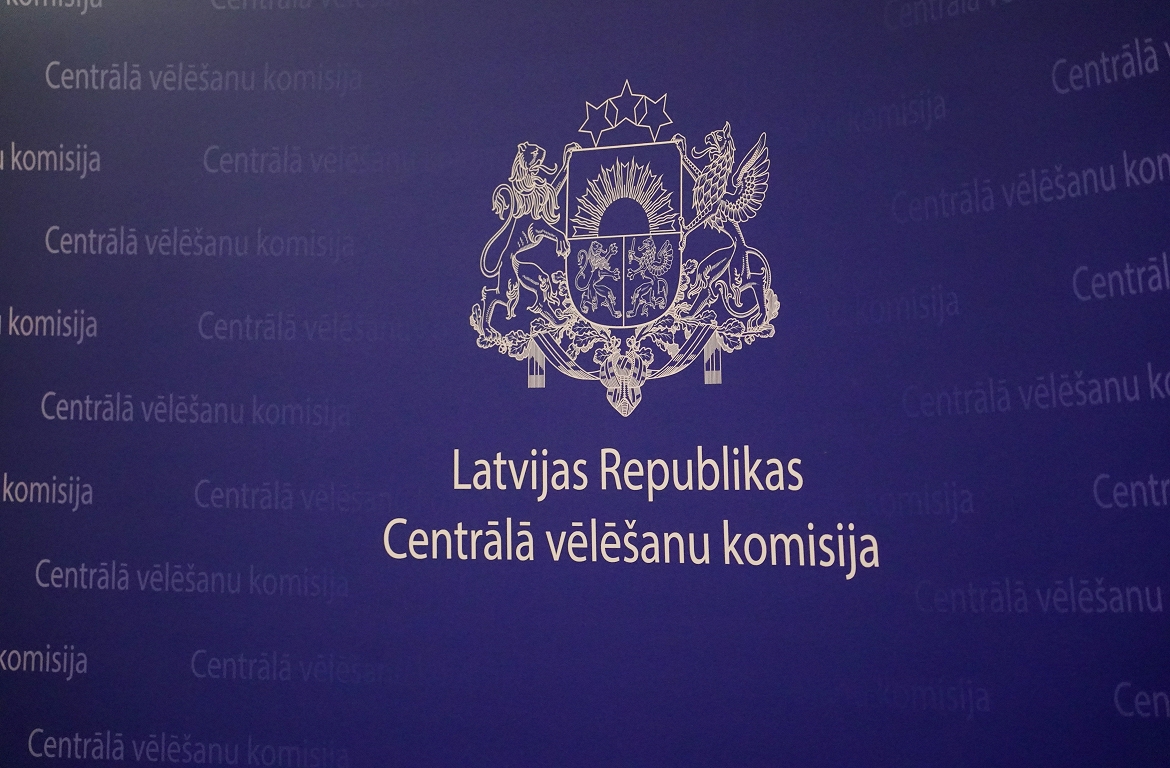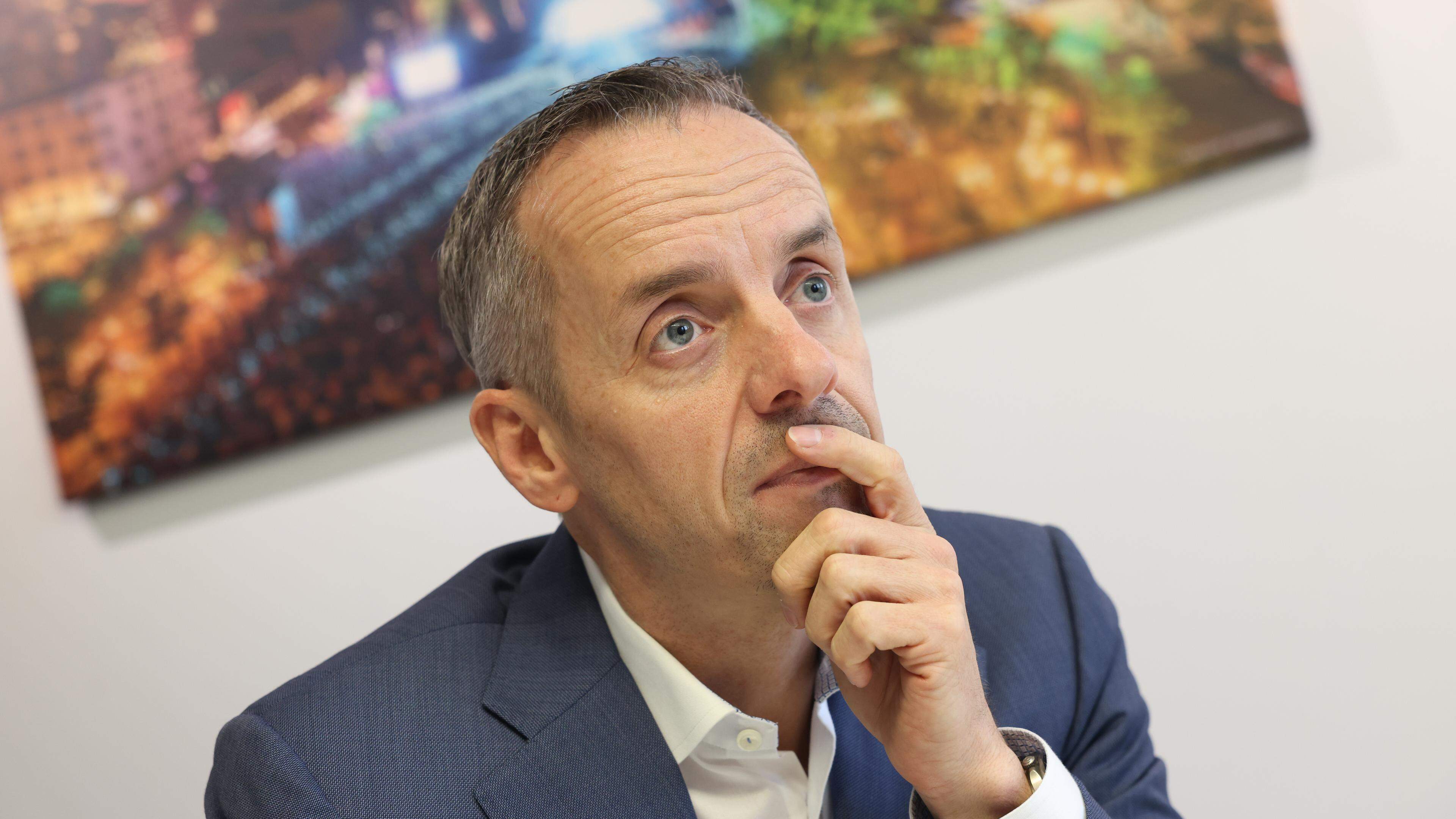Good Friday and post. Why is the mass not celebrated on Good Friday?
One of the most distinctive elements of Holy Friday is the lack of mass mass, which is an exception in the whole liturgical year. On this day, the Eucharist is not celebrated, because the liturgy focuses on commemorating the real death of Christ, and not as in other cases in its presentation. Instead of the Holy Mass, the Liturgy of the Passion is held in the churches, which contains reading of the Gospel according to Saint. John, adoration of the Cross and Holy Communion, given from previously consecrated hosts.
Adoration of the Cross, i.e. the center of the Deny Prayer
The focal point of the Holy Friday service is the adoration of the cross, the unique moment when the faithful have the possibility of a personal act of worship against the tool of salvation. The cross is solemnly brought and exposed, and then everyone can approach to express their faith and gratitude through a gesture of kissing or bowing. During adoration there is silence, and often passion songs that intensify the spiritual atmosphere.
Good Friday and strict post and abstinence – spiritual purification by renunciation
Good Friday is a day when Catholics have a strict both qualitative and quantitative post. People between 18 and 60 years old should limit the number of meals to three, only one of which can be full. At the same time, all faithful from the age of 14 are obliged to abstract meat foods.
Post is not only an ascetic practice, but above all an act of spiritual solidarity with the suffering Jesus. He is to help the faithful to calm down, give up pleasure and direct attention to the spiritual dimension. He is also often accompanied by giving up entertainment, social gatherings or using the media all this to make this day a time of reflection, prayer and reflection.
Is participation in services mandatory on Good Friday?
Good Friday is not an ordinary day, which means that the faithful do not have a legal obligation to participate in the liturgy that day. However, despite the lack of a formal order, the Church clearly encourages participation in passion services. Participation in the liturgy of the Passion or the Cross can become an important spiritual experience, which deepens the understanding of the mystery of faith and helps in better preparation for Easter.
It is worth emphasizing that absence is not a sin, but a voluntary decision to participate in the liturgy often results in a personal approach to God and the experience of the community with other faithful.
Polish large -pitched traditions. From the Way of the Cross to the Lord’s Tomb
In Poland, Good Friday has an extremely rich liturgical and cultural setting. Many parishes organize a solemn Ways of the Cross, sometimes run through the streets of cities, with the participation of local communities and reconstruction groups. This is a form of prayer reflection on the next stages of the Passion of Jesus, which gains exceptional strength of expression thanks to the involvement of the faithful.
After the liturgy, the faithful go to the Tomb of the Lord, where prayer vigils often begin. For many, prayer in silence at a symbolic grave becomes an opportunity to contemplate and submit personal intentions. In some regions of the country, staging of the Lord’s Passion are also organized, attracting both Catholics and people looking for a spiritual experience.
Source: PRYMASWYSZYNSKI.PL, Chrościwodzie.pl, TVN
Read also:
Do you have to go to church on Holy Thursday? The faithful should know what canon law says
Holy Thursday opens the Paschal Triduum. What happens in churches?
Study: more and more aggression towards priests, clergy are afraid to go in a cassock





